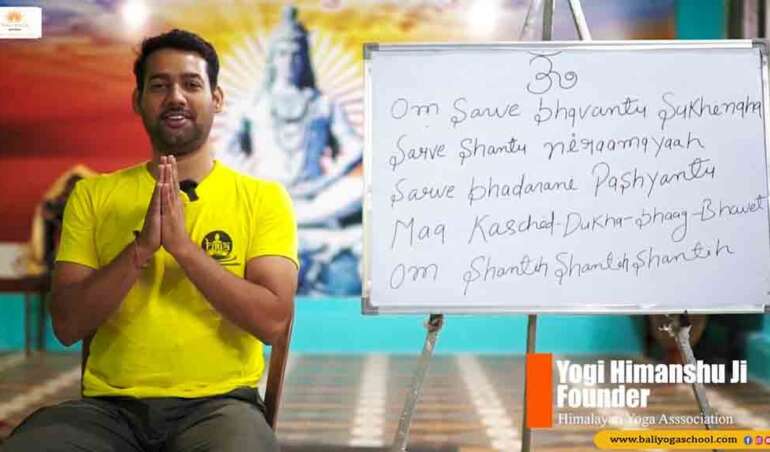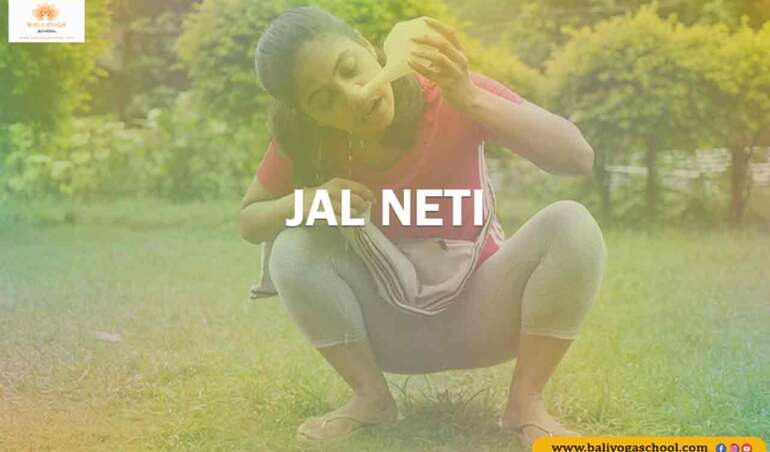
Poorna Dhanurasana (Full Bow pose)
In Sanskrit “Poorna” means “Full”, “Dhanura” means “Bow” “Asana” means “pose”. The English name is “Bow pose”.
Position : Prone
Type : Backward bending/ Back strengthening
Spiritual Awareness : Manipura chakra
Physical Awareness : Abdomen, spine, chest and back
Dosha Suitability : Pita and Kapha
Introducery Asanas : Shalabhasana, Ardh Dhanurasana, Bhujangasana, Setu Bandhs Sarvangasana, Supta Virasana, Urdha Mukha Svanasana
Procedure:
- Lie on the stomach and bend the knees.
- Clasp the feet with the hands; the fingers should be in contact with the top of the foot with the thumb on the sole, or the fingers should clasp the big toe. Inhale deeply.
- This is the starting position.
- Raise the head, chest and thighs, pulling the feet as close to the head as possible with the elbows pointing upwards. Retain breath.
- In the final position, the body resembles a fully stretched bow. Hold the position for as long as is comfortable with slow deep breathing.
- Exhale, slowly release the legs and return to the prone position.
- This is one round.
- Relax until the respiration returns to normal.
Spotlight effects: Thighs, groins, belly, chest, spine, shoulders, and neck.
Follow-up Poses: Matsysana
Physical Benefits:
- Stretches the entire front of the body, ankles, thighs, stomach, liver, spleen, pancreas, intestine, groins, abdomen, chest, throat and deep hip flexors are massaged by change in the pressure.
- Strengthens the back muscles and spinal cord and muscles of arms and thighs.
- It realigns the spinal cord.
- Improves posture.
- Stimulates the organs of the abdomen and neck and improves blood flow.
- Removes hunching of upper back and shoulders.
- Improved circulation of lymph and blood through the body.
- Tones adrenal glands and balances the selections.
- Massages the kidneys.
Therapeutic Benefits:
- Alleviates constipation and improves peristaltic movement.
- Respiratory ailments as the asana open up the chest area.
- Menstrual discomfort and incontinence.
- Mild backache.
- Reduces fat around the abdomen and thigh areas.
- Dyspepsia and sluggishness of the liver is managed.
- Also helps with diabetes.
Precautions and Contraindications:
1. This asana should only be practiced if the back is very simple.
2. High or low blood pressure.
3. Migraine.
4. Insomnia.
5. Abdominal surgery.
6. Hernia.
7. Ulcer in the stomach.
8. Tuberculosis.
9. Pregnancy.
10. Menstruation.
11. Serious lower back or neck injury.





